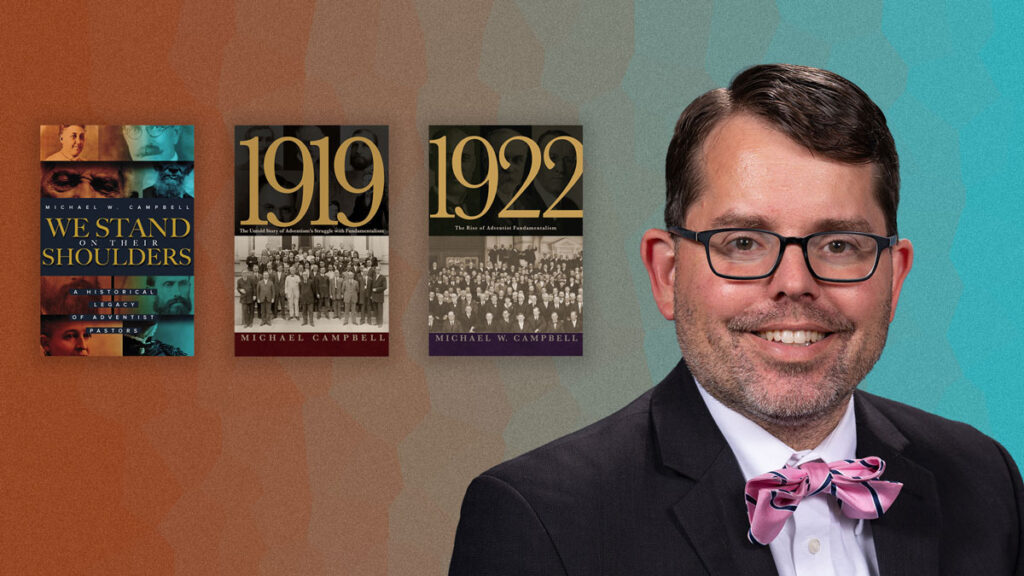The Seventh-day Adventist Church was formally organised at a meeting of believers at Battle Creek, Michigan in 1863. At that time the membership was approximately 3500. It was decided that there would be three administrative levels of Church structure: the local church, the conference, and the General Conference with headquarters in Battle Creek. The officers of the General Conference were a president, secretary, and treasurer. Three persons were appointed as the members of a General Conference executive committee and General Conference sessions were to be held annually. There were those who had argued that by being organised the Church would become Babylon. But those who saw the necessity for an efficient system of organisation prevailed.
Despite the simplicity and uniqueness of the structures set up in 1863, the need for major modification of those structures became evident as the Church expanded during the last quarter of the nineteenth century. Although Seventh-day Adventists still understood themselves to be simply “a body of believers associating together, taking the name of Seventh-day Adventists, and attaching their names to a covenant simply to keep the commandments of God and the faith of Jesus,” with the Bible as “their only creed and discipline,” by 1888 there were already 30 organised conferences.
The growing global missionary consciousness of the church during the 1870s and 1880s was accompanied by increased centralisation of administrative control. In 1885, George Butler, president of the General Conference from 1871-1874 and again from 1880-1888, spoke of the principles upon which the organisation of the church was established. Butler’s concept of administration grew out of his concept of leadership.
After the General Conference of 1888, Ellen White wrote of Butler: “A sick man’s mind has had a controlling power over the General Conference committee and the ministers have been the shadow and echo of Elder Butler about as long as it is healthy and for the good of the cause.
The 1901 General Conference session saw a major reorganisation of the administrative structures of the Church. The impetus for change continued at the 1903 General Conference session. The changes that were made at those sessions were based on the principles of organisation that were established at the denomination’s founding in 1861-1863. By 1901 it was recognised that those principles needed to be updated and applied in the contemporary context.
Ellen White was particularly pointed in her endorsement of change. On the day before the official opening of the 1901 General Conference session she declared, “God wants a change . . . right here . . . right now.”
Their focus was on the reorganisation of the administrative structures of the church so that they could be an instrument rather than an inhibitor of mission. For Daniells and his associates decentralisation as a principle of reorganisation was paramount. In 1902, reflecting with the General Conference committee on what had been accomplished in 1901, Daniells affirmed that “the guiding principle [of reorganisation] had been the decentralisation of authority by the distribution of responsibility.” One of Daniells’ favorite expressions (one that he had taken from Ellen White), was that those “on the ground” should bear the burden of administration and have the prerogative of decision making.
This is a summary of a paper Dr Oliver presented at the Unity 2017 conference. For full text of this paper, and all the other papers visit the Unity 2017 website.






